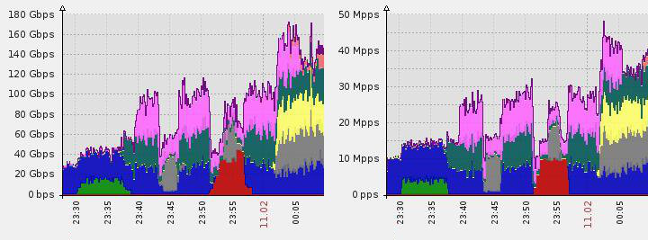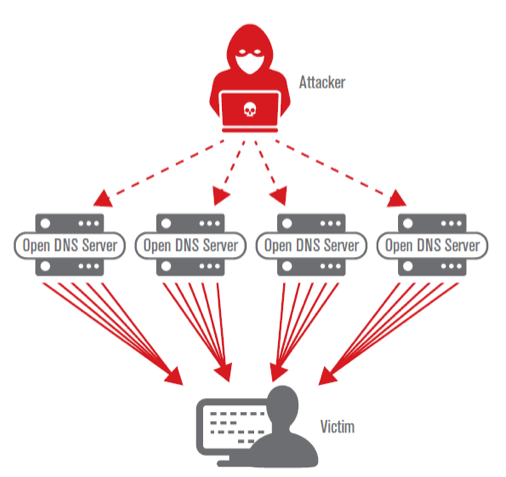

Furthermore, DDoS attacks crash or even destroy resources depending on the robustness of the target system. DDOS attacks can be found in many forms, commonly as an attack that heavily congests a network to the point of being unusable. To disable “monlist” functionality on a public-facing NTP server that cannot be updated to 4.2.7, add the “noquery” directive to the “restrict default” line in the system’s ntp.Distributed Denial of service attacks are popular cyber-attacks that focus on taking down a system’s availability by denying resources to legitimate connections.
#Amplification ddos attack tool upgrade#
However, in cases where it is not possible to upgrade the version of the service, it is possible to disable the monitor functionality in earlier versions of the software. If the system does not support the monitor query, and is therefore not vulnerable to this attack type, NMap will return an error type 4 (No Data Available) or no reply at all.Īs all versions of ntpd prior to 4.2.7 are vulnerable by default, the simplest recommended course of action is to upgrade all versions of ntpd that are publically accessible to at least 4.2.7. To test for monlist support, execute the following command at the command line:Īdditionally, the “ntp-monlist” script is available for NMap, which will automatically display the results of the monlist command. By default, most modern UNIX and Linux distributions allow this command to be used from localhost, but not from a remote host.

If the system is vulnerable to exploitation, it will respond to the “monlist” command in interactive mode. On a UNIX-platform, the command “ntpdc” will query existing NTP servers for monitoring data. Here are the request and response packets captured with Wireshark.ĬloudFlare blog posted an article on a case they worked on consisted of 400GB NTP DDoS attack.
#Amplification ddos attack tool how to#
This video explains how to use NMAP and Metasploit to discover vulnerable NTP servers that can be used to lunch an NTP Amplification Attack. There's also the Open NTP Project which aims to highlight open NTP servers and get them patched. Common tools like Metasploit and NMAP have had modules capable of identifying NTP servers that support monlist for a long time. That's an amplification factor of 19x and because the response is sent in many packets an attack using this would consume a large amount of bandwidth and have a high packet rate.Īn attacker, armed with a list of open NTP servers on the Internet, can easily pull off a DDoS attack using NTP. The response is split across 10 packets totaling 4,460 bytes.

This response is much bigger than the request sent making it ideal for an amplification attack.Īt the command line I typed : ntpdc –c monlist 9 to send the MON_GETLIST command to the server at 9. It returns the addresses of up to the last 600 machines that the NTP server has interacted with.

NTP contains a command called monlist (or sometimes MON_GETLIST) which can be sent to an NTP server for monitoring purposes.


 0 kommentar(er)
0 kommentar(er)
